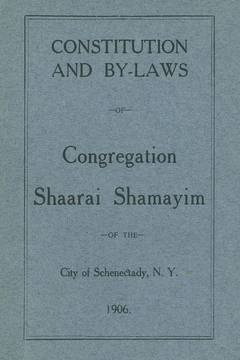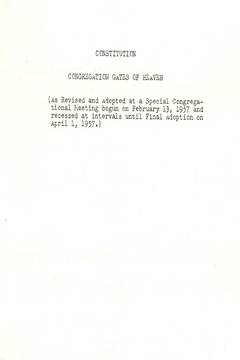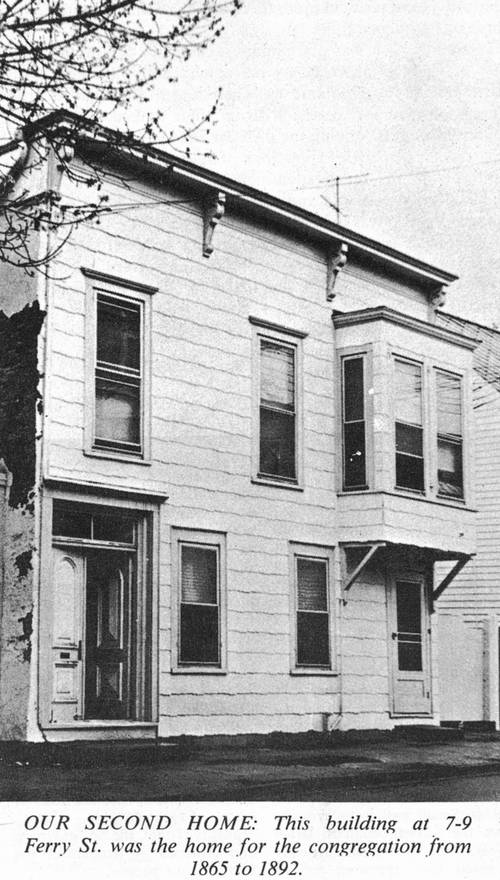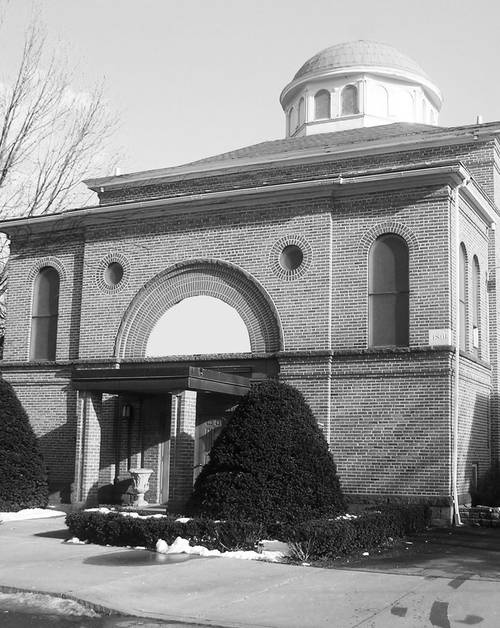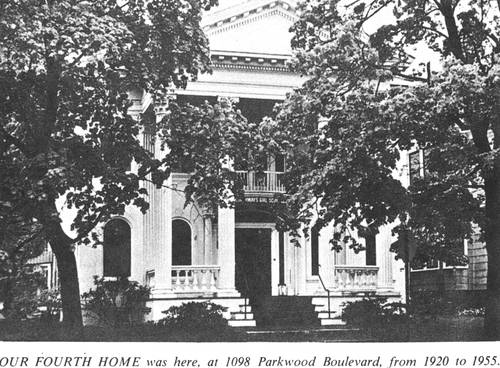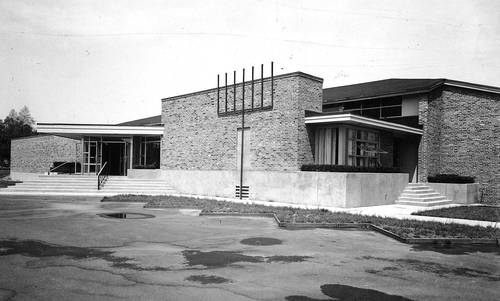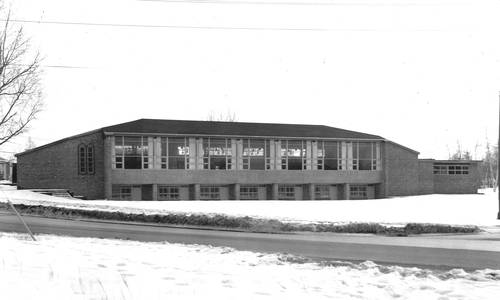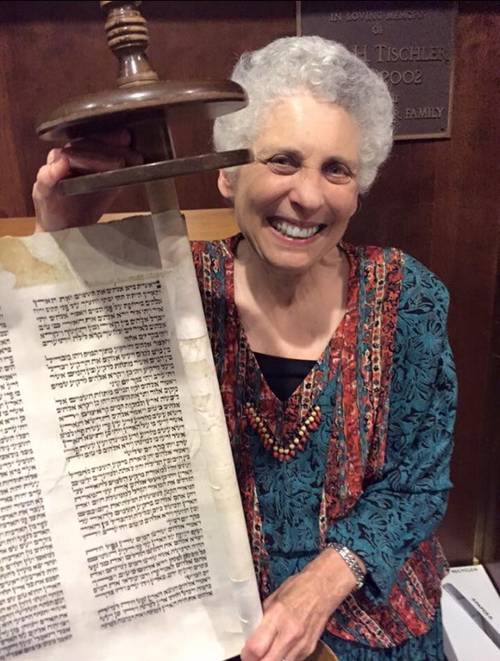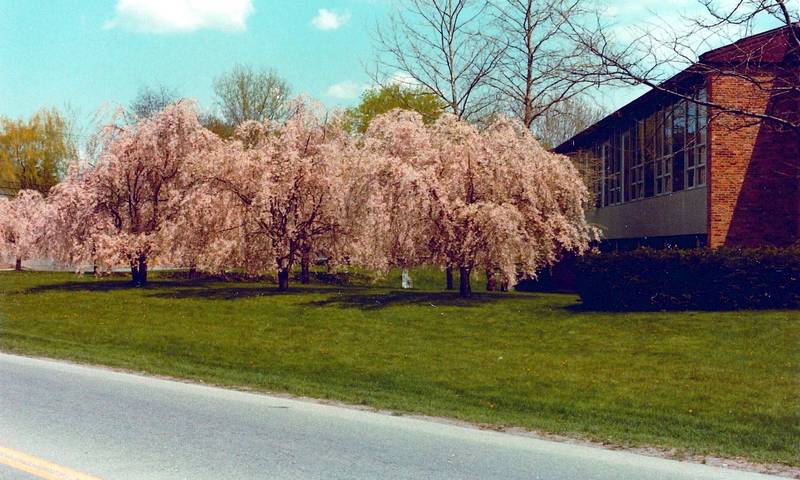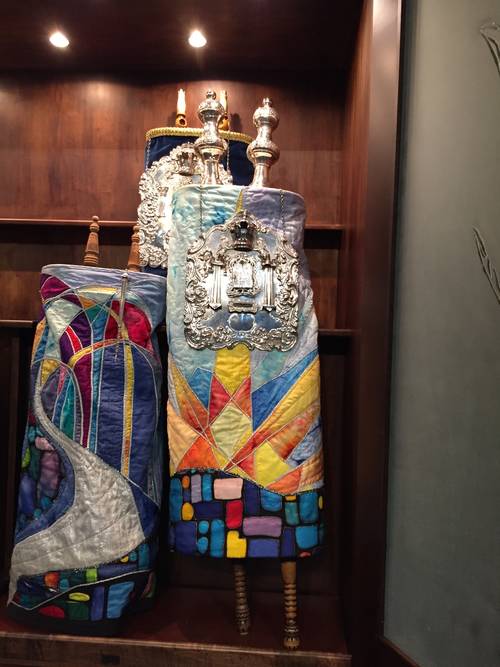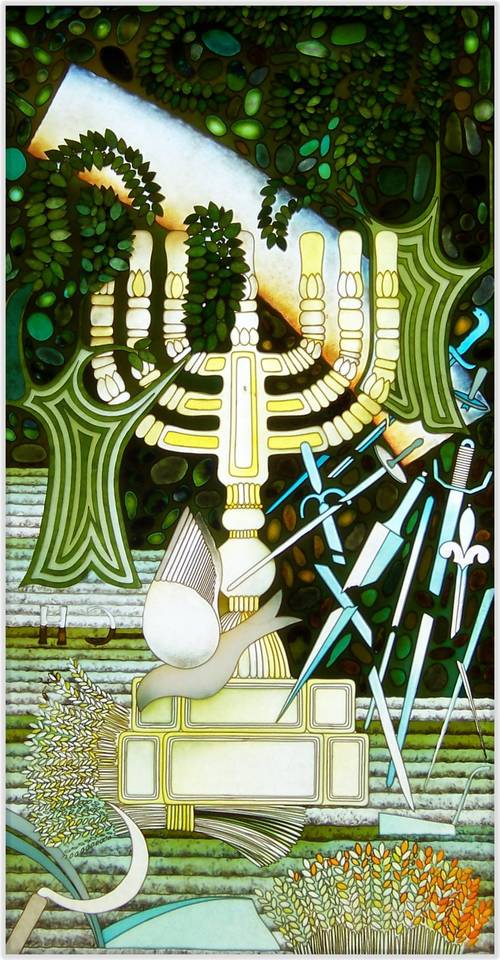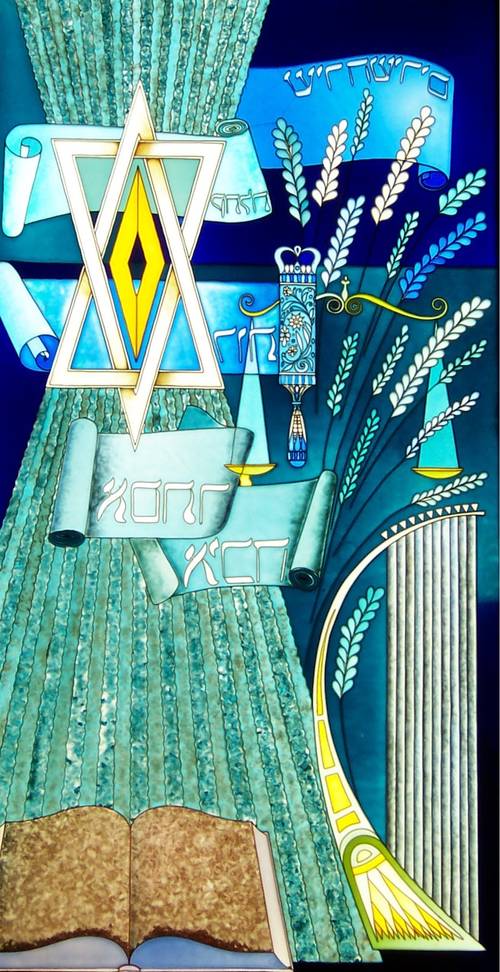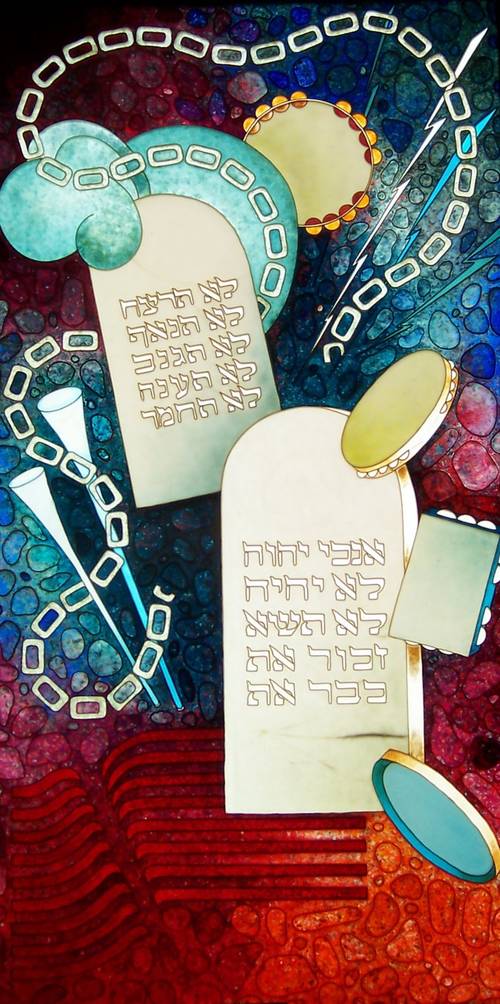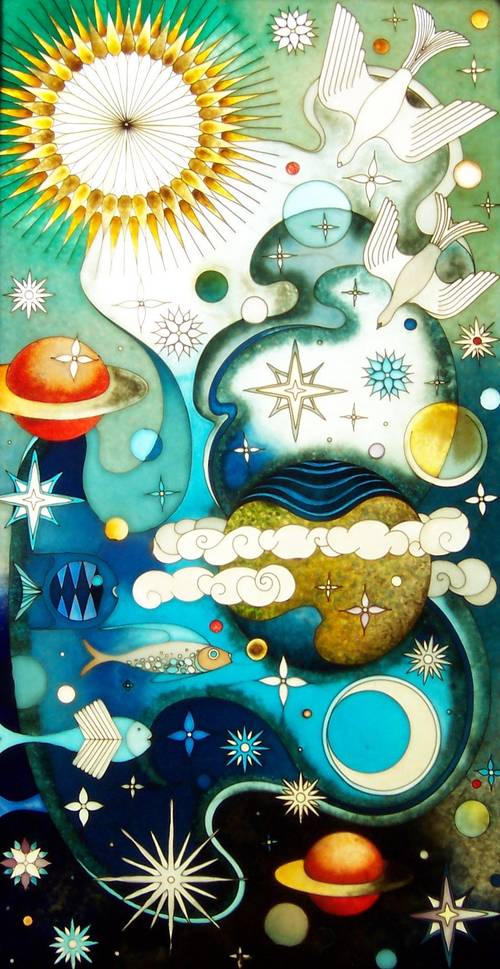The History of Congregation Gates of Heaven
Our congregation continued to grow. Even adding to the building didn’t accommodate its needs. In the 50’s we were running double sessions of Religious School and High Holy Day Services.
In his sermon on Rosh Hashanah Eve 1952, Rabbi Gerald Klein emphasized the need for a temple large enough to accommodate our current, and our future needs. He issued a challenge for us to build such a house of worship.
We moved into our beautiful new home on Eastern Parkway and Ashmore Avenue in 1956. Learn more about the history and architecture of the temple on our Archives page.
The transition from one building to the other was beautiful. The Friday night service was held in the old building on Parkwood Blvd., and the next morning, Shabbat, the elders of our congregation carried the Torah Scrolls into our new building for services. The High Holy Day Services for 1956 were held here by Rabbi Sidney Goldstein officiating.
See more photos inside the building and other designs that were considered for the sanctuary here.
Rabbis - Past and Present
Twenty-six rabbis have served our congregation in the past 170 years. We have been most fortunate since 1959 with the arrival of Rabbi Michael Szenes, his successor, Rabbi Bernard Bloom in 1984, and in 1995 the arrival of Rabbi Matthew Cutler (left, right, center in image above), and in 2008 the addition of our Adjunct Rabbi Emerita Eleanor Pearlman (above right).
This congregation prides itself on working diligently in these three areas:
-
The supplemental Religious School (stared in 1882) is currently one of the largest in the Capital District, with 230 students from Nursery to 12th grade.
-
Many weekly and monthly Adult Education opportunities.
-
The Social Action Committee (SAC) has won several recognitions for outstanding programming. Some of our SAC initiatives include Temple Community Service Corps (stipends to temple teens to work during the summer at local social service agencies), Mitzvah Day (over 250 members of our temple of all ages go into the community and work in various social service agencies), Pleasant Valley and Keane School (mentors, needed school supplies, and camp scholarships), Schenectady Day Nursery (volunteers and needed supplies), SICM Food Bank and Regional Food Bank (volunteer and food collections), YWCA Domestic Violence Shelter (collections), Bethesda House (collections and meals).
SOME NOTABLE TEMPLE FEATURES
CHERRY BLOSSOM TREES
In the spring, twelve beautiful cherry blossom trees outside of our sanctuary bloom, which is a significant attraction in the community.
HOLOCAUST MEMORIAL TORAH SCROLL
We hold in our Holy Ark a precious Sefer Torah. Our Holocaust Memorial Torah #651 is one of 1,564 Czech Memorial Sifre Torah looted by the Nazis during World War II from the Jewish communities of Bohemia, Moravia, and Slovakia.
Below: Rabbi Moshe Druin of Sofer-On-Site reviewing our Holocaust Memorial Scroll
Below: A section of the memorial scroll where Rabbi Druin identified blood stains on the scroll, an important part of the scroll's history

SANCTUARY MOSAIC WINDOWS
Our Sanctuary is graced with eight original Plastiglass mosaic windows representing
Creation, Revelations, Worship, Redemption,
Sukkot/Simchat Torah, Shabbat, High Holy Days, and Passover/Shavuot.


We have eight remarkable sanctuary mosaic PlastiGlass windows, designed by artist Charles Van Atten in 1962. Mr. Van Atten consulted on the design with Rabbi Michael Szenes regarding the biblical symbolism. The mosaic plastic-glass windows represented a new art form that allowed the observer to enjoy the effects from both sides, this method also made for a very strong and well-insulated window.
The windows were donated by Bertha and Harry Schaffer and Sally and Henry Schaffer (photo below) in memory of the brothers' parents Abraham and Annie Schaffer and were dedicated to the community during an open house on Sunday, May 3, 1964 during our 110th Anniversary weekend celebrations. Observant visitors will notice that the text and graphics on the windows face out from the sanctuary toward Eastern Avenue and Ashmore Avenue, as they are a gift to the entire community, not only the congregation.

Henry ran a local chain of grocery stores named Empire Market, considered to be the first grocery chain in the state. Henry met Sally when she was a young librarian at Union College. Henry and Sally were major local philanthropists who donated $500,000 toward the construction of a proper library building on the Union campus. Fittingly, it was named the Schaffer Library.



